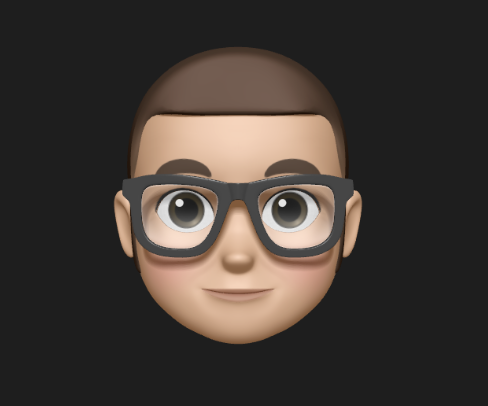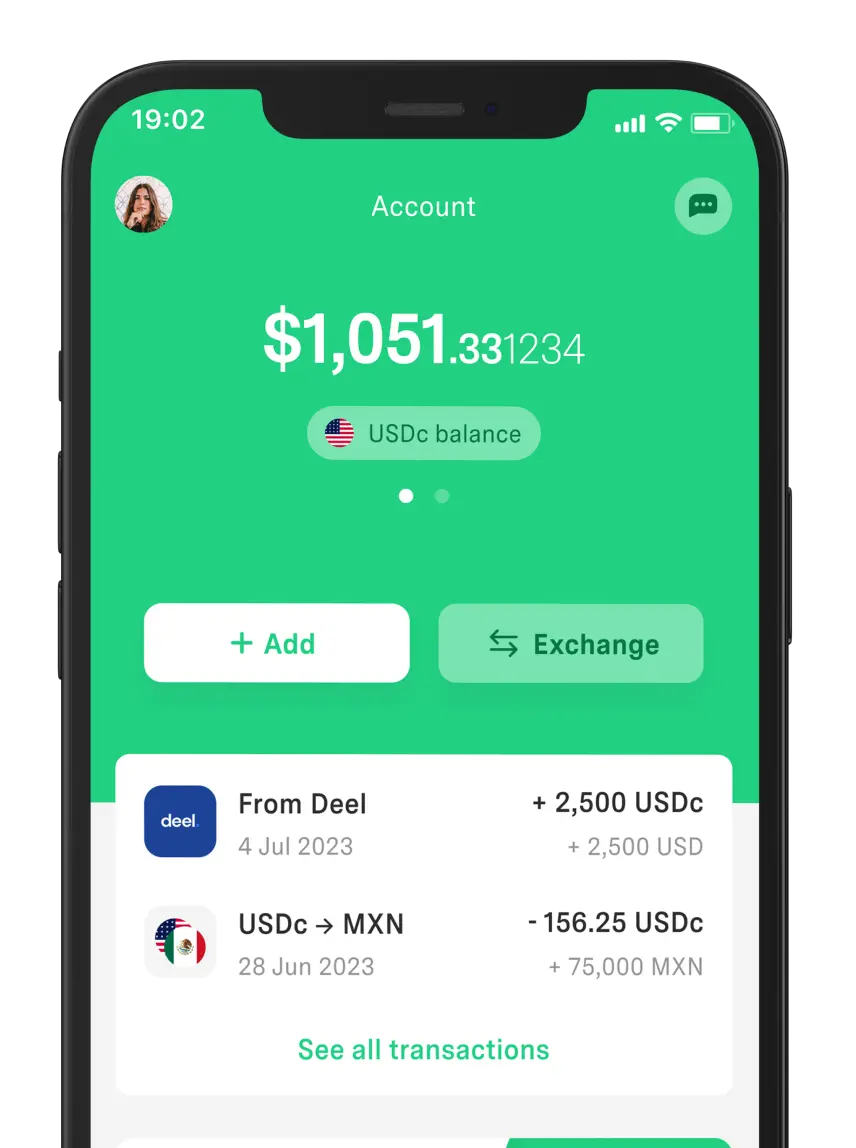 Freelancer tips
Freelancer tips Top 10 international companies hiring remotely in Mexico
Find out which are the best international companies to work remotely in Mexico. From retail chains to travel management



You take notes but still forget the important stuff. Your mind’s racing, and by the end of the day, your notes are useless. The Cornell Method might be the change you need.
With a simple structure, this technique turns scattered thoughts into clarity, focus, and real productivity. Perfect for freelancers or anyone juggling tasks nonstop.
The Cornell Method is a study technique developed in the 1950s by Walter Pauk, a professor at Cornell University. Its goal is to help you understand and organize information in an active and effective way, through a structure that divides your notes into three key sections: key ideas, notes, and summary.
Unlike writing without structure, this method encourages you to interact with the content as you're capturing it. That way, you're not just writing down what you hear, but actually processing and synthesizing it to truly understand it.
Applying the Cornell Method is easier than it seems. With a sheet of paper, a pen (or a notes app), and a few extra minutes, you can turn any note into a powerful learning tool.
First, prepare the page:
Leave some space at the top for the title.
Draw a vertical line dividing the page into two columns (1/4 left, 3/4 right).
At the bottom, leave a box for the summary.
During class, a meeting, or reading, use the right column to write down ideas, concepts, data, key phrases, or examples. Don’t try to transcribe everything—just capture the most relevant information.
In the left column, write questions, key concepts, or topics that help you connect the information. You can do this at the end or during short breaks. This section works as a mini index.
In the bottom box, summarize in 3 to 5 lines what you learned. Answering “what was this session about?” will help you fix the information in your memory.
Go back to your notes within the first 24 hours. Cover the right-hand column and try to answer the questions on the left. This active review strengthens retention and prepares you for any exam or presentation.
Visually, the Cornell page has four clearly defined zones, making it easier to navigate and remember information:
Header: Date, topic, subject, or client. Helps you quickly identify the note.
Left column (key ideas): Questions, concepts, or titles. Works as a guide for reviewing.
Right column (notes): Detailed information—what was said, explained, or researched.
Summary: The essential content in just a few lines. Perfect for refreshing your memory without rereading everything.
Whether you're taking notes in a notebook, Google Docs, or Notion, maintaining these sections ensures clarity and structure.
You can also use highlighters or special markers in each section to leverage the psychology of color and enhance your learning experience.
This technique is not only useful—it’s transformative. Here are the most relevant benefits:
Separating key concepts from details forces you to organize your ideas from the beginning. This leads to greater clarity and deeper understanding of the subject.
Summarizing and creating questions activates areas of the brain linked to critical thinking. You remember more because you’re working with the material—not just reading it.
It may seem like it takes longer, but it’s actually the opposite. With well-organized notes, you review faster and more efficiently. Ideal if your head is full of tasks.
Later, when it’s time to use your notes, you’ll be more productive in your Deep Work sessions because you’ll focus directly on relevant actions.
Taking notes this way helps you stay focused, make better decisions, and avoid forgetting important things. It’s a mental tool that brings order to both your information and your ideas.
This method isn’t just for students. Here are three real-life examples of how it's used in different situations.
Andrea, a history student, used to take notes without structure. By using Cornell, she now organizes her notes by dates, events, and causes. She summarizes each class in two lines and then tests herself with the questions in the left column. The result: less anxiety and better grades.
Carlos, a project manager, uses the Cornell template to take meeting notes. He writes what's discussed on the right; on the left, he lists tasks and key decisions. The summary helps him send meeting minutes or update the project manager. Now, nothing slips through the cracks and he saves time.
María, a freelance writer, uses Cornell to plan content. She dumps ideas in the right column and defines the article’s main themes on the left. Then she writes a summary, often turning it into the article’s opening paragraph. This makes her proposals clearer and faster to execute.
Here are some Cornell Method templates.
Now that you know how to use it, these tips will help you adapt it to your own style:
Use digital templates: Notion, OneNote, or Google Workspace let you create your own Cornell format. Ideal if you work on a tablet or laptop.
Review your notes within 24h: Don’t put it off. Reinforcing what you learned while it’s still fresh helps you remember it longer.
Adapt the format to your needs: Use it by topic, client, or project. Rename the sections if you’re using it for work (e.g., Ideas → Tasks).
Combine it with other techniques: Mind maps, flashcards, or the Feynman technique can complement your Cornell notes perfectly.
It’s a study technique created by Walter Pauk that divides your notes into key ideas, notes, and a summary. It helps you understand and remember information more effectively.
Divide the page, take notes during class or a meeting, write questions or key concepts, summarize the content, and actively review afterward.
Organization, clarity, better retention, faster review, and less stress. Plus, it’s flexible and adapts to different contexts.
Absolutely! It’s very useful in professional settings: meetings, training, project planning, or presentations. It helps you keep track of what matters.
The Cornell Method is simple but powerful. Its structure turns any note into an active tool for understanding, reviewing, and remembering key information. Whether you're in college, leading a team, or working as a freelancer, this method gives you structure and focus.
Just like Cornell organizes your ideas, DolarApp helps you organize your finances. Because when everything is clear, you work better and live more peacefully.
Use this method in your next meeting or project. In no time, you’ll notice improved productivity and mental clarity. Try it today and start taking control of your notes and your learning!
Sources:

The world has borders. Your finances don’t have to.
 Freelancer tips
Freelancer tips Find out which are the best international companies to work remotely in Mexico. From retail chains to travel management

 Freelancer tips
Freelancer tips Using problem-solving strategies is key to increasing the chances of achieving better results. These are the most useful ones.


